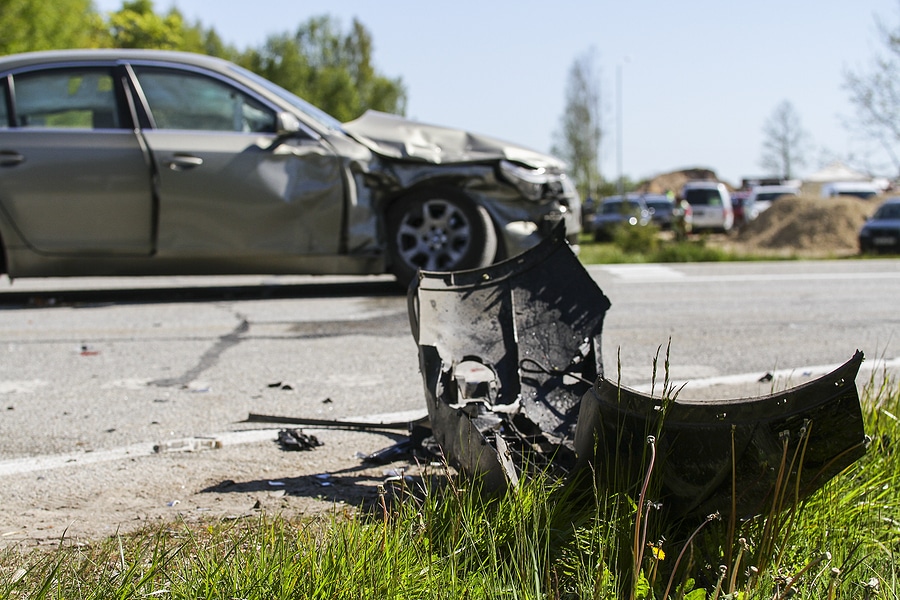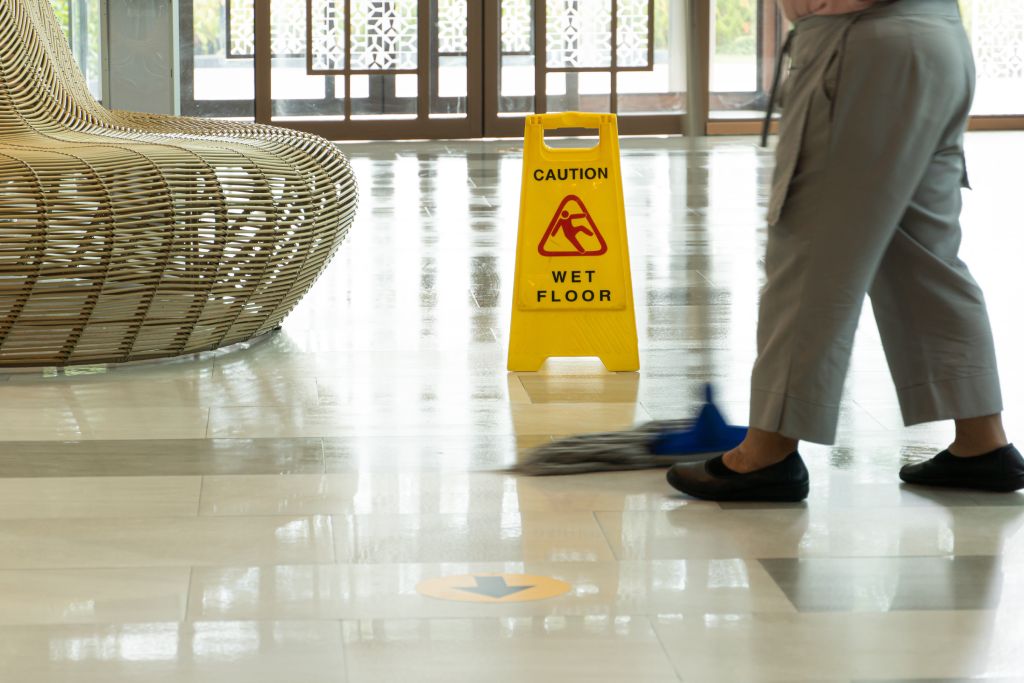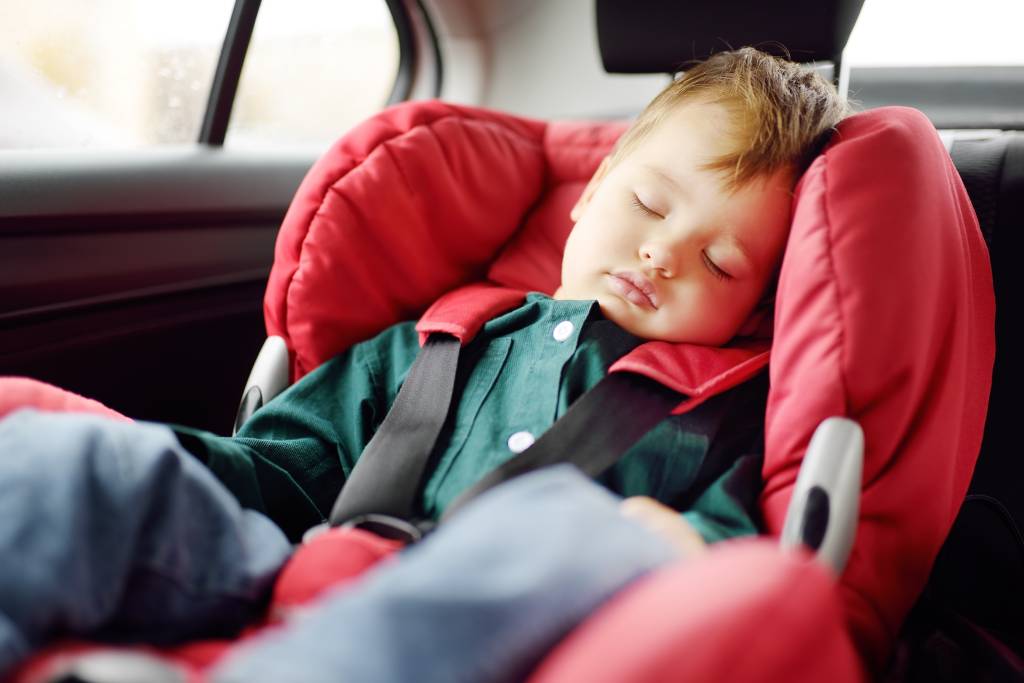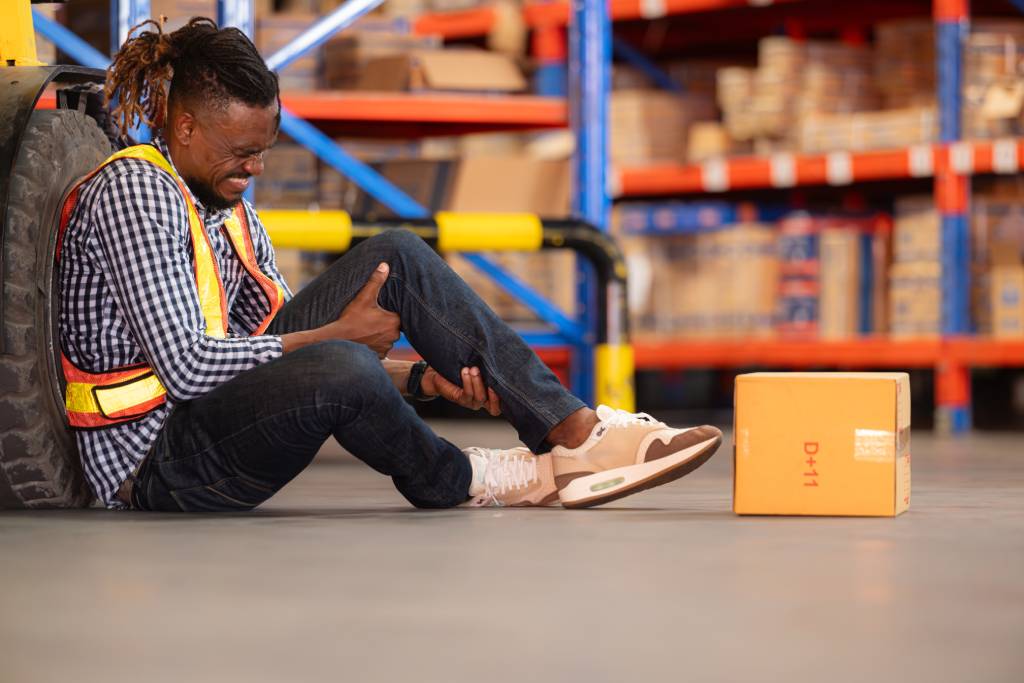Many deaths and injuries occur each year in broadside collisions; in fact, broadsides cause over 23 percent of all fatal passenger vehicle crashes.
Broadside (also known as angular or T-bone) collisions involve the front of one vehicle hitting the side of another. They are among the most dangerous types of car accidents, largely because the occupants on the struck side have very little protection.
Most cars have safety features such as seat belts, airbags, and bumpers to protect occupants. However, many vehicles have fewer safety features on their sides compared to the front and rear. This means that very little shields the people in the area hit by the crash. Some vehicles do have side curtain airbags, but most lack this protection.
Common Causes of Broadside Collisions
When it comes to broadside or side-impact accidents, the cause is not always clear immediately after the accident.
Many factors and instances of negligent driving can cause these collisions, including:
- Driving through a four-way intersection without stopping
- Failing to yield the right-of-way at a four-way intersection
- Speeding up to try to beat a red light
- Crossing turn lanes when there are oncoming cars approaching
- Distracted driving
- Aggressive or reckless
- Speeding or racing other cars
- Driving under the influence of alcohol or drugs
- Mechanical defects
- Poor weather conditions
- Road rage
The Dangers of Intersections
According to the National Highway Traffic Safety Administration, more than two million motor vehicle crashes happen in traffic intersections every year. In intersections, motor vehicles come from several directions. As a result, traffic often crosses at right angles.
The Federal Highway Administration (FHWA) calls intersections planned points of conflict because vehicles are crossing in front of one another, which creates a web of potential crashes. The FHWA estimates about one-fifth of all traffic fatalities, and about 40 percent of all injuries occur at intersections.
In addition, approximately half of all collisions occurring at intersections are broadside collisions. This makes them the most common type of crash that occurs at intersections. Some experts consider intersections the most dangerous feature on our roads. What makes intersections so dangerous?
A Complex System of Signals Manages Intersections
They are some of the most difficult and complex situations drivers encounter. Stop signs or traffic lights mostly manage the flow of traffic and pedestrians through an intersection.
Designing and maintaining an intersection is a complicated job because the circumstances are constantly changing. The traffic flow and use by pedestrians and bicyclists changes. Road surfaces often deteriorate.
Urban planners consider dozens of factors, such as:
- Traffic flow
- Pedestrian and bicycle traffic
- The intersection’s location
- The number of roads that intersect and the volume of traffic each road handles
- Number and width of lanes
- The most likely actions drivers will take at the intersection (direction of turns, etc.)
- The ways certain traffic control measures affect the flow of traffic
- Placement of traffic control measures for maximum control and visibility
- How much do traffic control options cost to install, maintain and operate?
- What future growth or change do they anticipate?
The Challenges of Navigating an Intersection
At an intersection, drivers, bicyclists, and pedestrians all come together and confront a complicated set of challenges and decisions.
To navigate an intersection safely, each of them needs to:
- Know where they are going after crossing the intersection;
- Check all signs, signals, lane markings, and other vehicles and pedestrians entering, crossing, or leaving the intersection to determine where and when everybody else is going; and
- Decide when and how it is safe and permitted to cross the intersection.
These assessments and decisions happen fast. Is there a stop sign? A traffic signal about to change? You check left and right, but where are the other vehicles headed? An experienced driver performs such mental gymnastics often without consciously thinking about it, but if anyone misses one of the cues or suddenly changes his or her mind, there is a danger of a broadside collision.
Other Locations of Broadside Collisions
Although intersections are the most common location, broadside accidents can also happen on multi-lane roadways, highway entrance or exit ramps, and rural intersections where only one traffic direction has a yield sign or a stop sign.
They also occur anywhere drivers turn left across an oncoming lane of traffic. In those situations, the driver making the left turn and the driver approaching in the oncoming lane must make a fast and complex judgment about the safest course of action. In fact, driver error contributes to almost every broadside collision.
The Role of Human Error
Human error plays a part in nearly every accident.
For example, the risk of human error directly causing a broadside collision increases with:
- Poor visibility. To avoid a broadside collision, the driver must see and evaluate all of the traffic control devices and the actions of others on the road. Anything that impairs visibility is dangerous. It may be weather conditions, such as rain, sun glare, smoke, and fog. It may be the topography, like sharp hills and curves. It may be thick vegetation. Basically, anything that limits your ability to see and judge conditions is a risk, but government officials can minimize some of these risks. For example, municipalities and property owners can cut back vegetation; civil engineers can plan entry points and maximize sight line distances. Drivers can keep their windows and mirrors clean and have a pair of sunglasses handy.
- Speeding. Speeding makes it more difficult to slow down and stop at intersections, assess the movements of others on the road, and make a safe decision about proceeding. California’s Basic Speed Law, for example, states that you may never drive faster than is safe for current conditions. That means obeying speed limits when in ideal driving conditions and adjusting your speed in any other condition to make sure you can stop effectively and avoid hazards.
- Distracted driving. Distracted driving can be deadly under any circumstances. It contributes to broadside collisions at intersections especially, because as drivers slow down at an intersection, their minds can wander, or they may check their phones, try to pick up something that fell on the floor, or pay attention to anything other than their driving. It may be difficult for a driver to snap back to attention and react to a driving hazard. It only takes a split second for an accident to occur.
- Driver impairment and fatigue. Both intoxicating substances and fatigue make it difficult to drive safely. They contribute to judgment and reaction time, making a broadside accident more likely.
Common Injuries in a Broadside Collision
Broadside accidents produce terrible injuries because the impact typically occurs in an area of the car with few safety features. T-bone accidents are likely to cause severe injuries.
If the vehicle that hits the other car broadside is large or heavy, such as an SUV, van, truck, or tractor-trailer, the resulting injuries may be more serious. When a vehicle strikes another one on its side, there is little to absorb the blow, and the occupants suffer most of the impact. A forceful impact can cause the vehicle to roll over, spin around, or be pushed into vehicles, pedestrians, or other objects.
People who are in vehicles that are hit broadside can suffer serious injuries, including:
- Fractures
- Serious lacerations
- Severe abrasions
- Damage to the organs
- Traumatic brain injuries. A traumatic brain injury, also known as a TBI, may occur if an accident victim hits their head on the window, steering wheel, or another object. These injuries usually result in disruption to brain function. Some TBIs are mild, such as a minor concussion. However, other TBIs are much more serious and can result in long-term memory losses, a permanent coma or vegetative state, and even death.
- Whiplash
- Spinal cord injuries and paralysis. A severe spinal cord injury can occur when there is damage to any part of the spinal cord or nerves at the end of the spinal canal. In the most serious accident cases, a spinal cord injury can lead to full or partial paralysis that leaves the accident victim unable to move.
- Disfigurement and scarring
- Crush injuries
- Amputations
Filing a Lawsuit Following a Broadside Accident
If you have suffered injuries in a broadside car accident that was not your fault, you may be entitled to compensation. In general, filing a lawsuit can be very complex. Determining who is at fault for the accident may seem obvious; in practice, however, determining liability is not always clear.
To prove fault in your lawsuit, you and your attorney will need to gather the evidence necessary to establish:
- The at-fault driver owes you a duty to operate his or her vehicle safely and follow all rules of the road.
- The driver breached his or her duty of care to you.
- The breach of duty of care directly caused the accident.
- You suffered damages from the accident that you can claim compensation for in your lawsuit.
To prove negligence in this type of crash, your lawyer might obtain testimony from accident reconstruction experts, witnesses or use photos or video recordings of the crash to show what happened in the moments leading up to the accident.
Tragically, in some broadside collisions, the accident may result in the death of a driver or passenger. If that happens, the decedent’s surviving family members may file a wrongful death claim or lawsuit against the motor vehicle driver who caused the broadside accident.
Compensation Following a Broadside Collision
Following a broadside collision, you may be facing overwhelming financial and personal losses. Depending on your injuries, you may need to undergo medical treatment or attend physical therapy sessions, as well as other medical procedures. You may require lifelong care.
The term “damages” refers to the losses a victim incurred due to the accident. These may include personal injuries as well as property damage.
Damages in a car accident settlement include economic and non-economic compensatory damages. Economic damages generally have a clear monetary value, such as medical bills or lost wages. Non-economic damages can be more difficult to assess and include pain and suffering, emotional distress, and diminished quality of life.
State law can affect what damages you may collect. Under California law, for example, most uninsured drivers cannot recover “non-economic” damages even if the other driver completely caused the crash. However, an uninsured driver may recover non-economic losses if he or she is in an accident with a driver who is operating a vehicle while under the influence of drugs or alcohol, and that driver is, in fact, convicted of DUI in connection with the accident.
Common damages include medical expenses, lost wages, future medical expenses, future loss of earnings, permanent scarring and disfigurement, long-term disabilities, loss of consortium, loss of enjoyment of life, property damages, and more. Seek medical attention following the accident to assess your injuries and make sure they do not worsen. Documentation of your medical care will be essential to prove your damages.
Statutes of Limitations
The statute of limitations varies state by state. In California, for example, you have two years to file a car accident claim. However, you must file an injury claim against a government entity in six months and must follow a different set of procedural rules. Therefore, it is best to consult an attorney as soon as possible following an accident.
Broadside collisions are terrifying and often have severe consequences. Your life may forever change. If you were injured in a broadside collision, an experienced car accident attorney can explain your options and guide you through the legal process.



